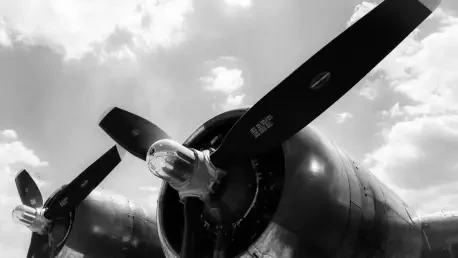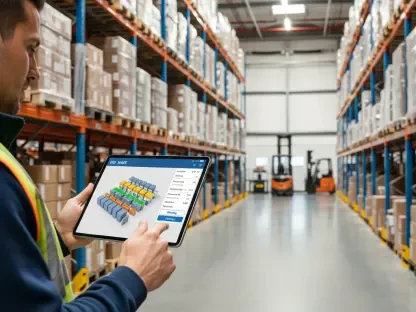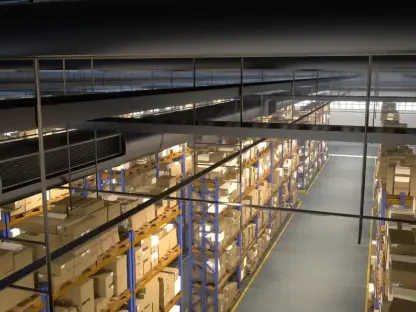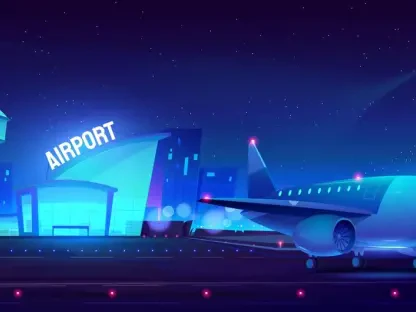The transformation of the air freight industry in the United States was a gradual yet revolutionary process that saw the evolution from a limited service into an essential component of global logistics. All-cargo airlines played a pivotal role in this metamorphosis, reshaping the logistics sector through various innovations and developments. Understanding this transformation is crucial for appreciating the complexity and sophistication of modern logistics solutions.
1932: General Air Express
In 1932, the foundation of General Air Express marked a significant step in the evolution of air freight. Initially established as a partnership with major passenger airlines, it focused on expedited transport for parcels, heralding the possibility of specialized air cargo operations. This move signified the burgeoning demand for coordinated parcel delivery services.
1945: Rise of Non-Scheduled Airlines
Following World War II, the surplus of aircraft and expertise from returning military personnel spurred the creation of non-scheduled airlines, commonly known as “non-skeds.” These enterprises filled the niche for flexible cargo transport, capitalizing on the increased need for commercial air freight services as the economy rebounded from the war.
1946: Birth of Dedicated Cargo Airlines
Dedicated cargo airlines such as Flying Tiger Line began operations in 1946. Founded by former war pilots, these airlines experimented with various aircraft types and focused on the transport of goods, setting the precedent for future air cargo operations. Flying Tiger Line gained prominence by providing military and commercial cargo transport.
1949: Civil Aeronautics Board Regulations
In 1949, regulatory decisions by the Civil Aeronautics Board significantly shaped the industry’s landscape. Restrictions and certifications initiated by the Board created a highly competitive and regulated environment, encouraging the entry and exit of numerous firms. These decisions structured the air cargo market and determined the allocation of routes and privileges.
1965: Mergers and Expansions
The mid-1960s observed several airline mergers, such as the merging of AAXICO with Saturn Airways. These consolidations allowed companies to pool resources and expand their operations to accommodate long-haul and transoceanic air freight demands, leading to the establishment of larger and more resilient logistical enterprises.
1988: Acquisitions by Industry Giants
The late 1980s saw significant players in the air cargo industry being acquired by larger corporations, notably Federal Express. These acquisitions facilitated the integration of vast networks and resources, helping to forge modern, comprehensive freight systems that can meet global commerce needs.
Conclusion
The milestones in the evolution of all-cargo airlines were instrumental in shaping the complex logistical frameworks relied upon today. From the modest beginnings of General Air Express to the grand mergers and acquisitions of the late 20th century, each event contributed to the robust and dynamic nature of the current air freight industry. For a deeper understanding of ongoing and future developments, further exploration into emerging technologies such as artificial intelligence and automation in logistics is encouraged. The journey highlights the adaptability and foresight required to navigate and pioneer changes in an ever-evolving industry.









